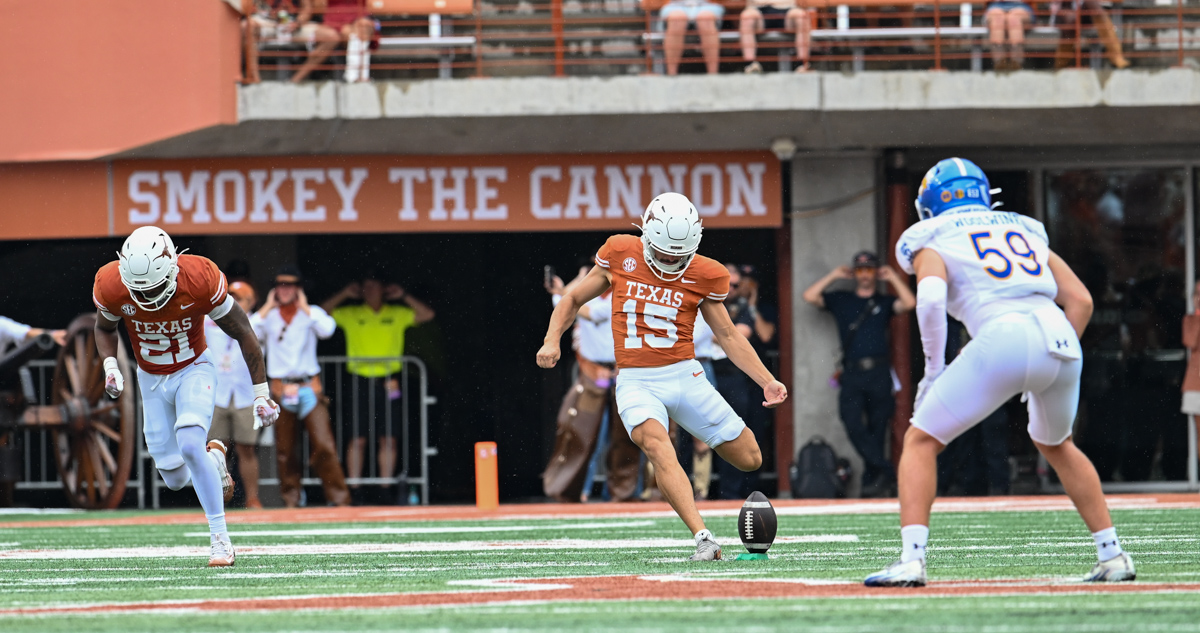Tonight into tomorrow, the night sky may put on a colorful show for skywatchers in several lucky states.
On Aug. 18 and Aug. 19, a fast-moving stream of solar wind could spark a geomagnetic storm, potentially lighting up the sky with Northern Lights across 15 U.S. states, according to forecasters from NOAA’s Space Weather Prediction Center (SWPC) and the U.K. Met Office.
“There is an increasing possibility during Monday of minor geomagnetic enhancement due to an arriving fast wind, with the possibility of a Coronal Mass Ejection glance Tuesday into Wednesday,” the UK Met Office stated.
Alaska has the highest probability of seeing the northern lights tonight. Other states with a chance to spot the aurora, listed in order of likeliness, include: Montana, North Dakota, Minnesota, Wisconsin, Michigan, Maine, South Dakota, Vermont, New Hampshire, Idaho, Washington, New York, Wyoming, and Iowa.
“Late on 18 Aug, conditions are likely to increase to active levels followed by G1 (Minor) geomagnetic storm levels on 19 Aug. Active conditions are likely on 20 Aug,” NOAA predicts on its website. The aurora is expected to peak between 11 p.m. and 5 a.m. from the night of Aug. 18 through the morning of Aug. 19, with the Kp index—which measures geomagnetic activity on a scale of 0 to 9—projected to reach Kp 5 tonight.
Currently, a large coronal hole, or open region in the sun’s magnetic field, is facing the Earth. This has led to the ejection of a high-speed stream of solar wind toward our planet. When this solar wind interacts with Earth’s magnetic field, it increases the likelihood of geomagnetic storms and the possibility of auroral displays.
“Aurora can often be observed somewhere on Earth from just after sunset or just before sunrise. The aurora is not visible during daylight hours. The aurora does not need to be directly overhead but can be observed from as much as 1000 km away when the aurora is bright and if conditions are right,” NOAA’s website explains.
For those in the potential viewing zones, try to find a north-facing spot with clear view of the horizon and minimal light pollution. There are also several mobile apps that can help track aurora forecasts in real time for the best chance of catching the show.
Read the original article on Travel & Leisure
Source link
